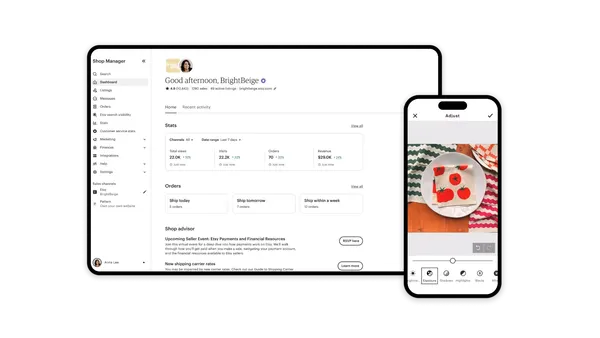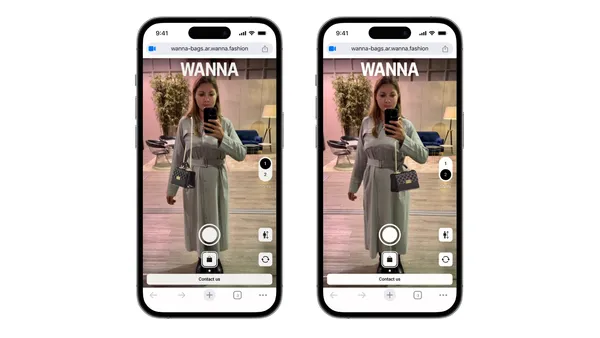Today, customers expect their favorite retail brands to know them even better than they know themselves. To understand their order history, to spot the new products or services they'll love—to remember when they last engaged with an agent, and exactly what they spoke about.
Demonstrating that level of knowledge is a tall order for any human being, especially one that's serving customer after customer, and sometimes, multiple customers at once.
That's why more and more brands are teaming their agents up with AI. This power couple can generate some staggering results—if you work to minimize technology silos, maximize opportunities for collaboration.
In our recent webinar, Nuance experts Shelbi Scott and Angela Read Downes shared their tips for retailers looking to successfully combine AI technologies and human agents, and create compelling customer experiences. The webinar is still available to watch on-demand, but if you're pressed for time, we've captured three key takeaways from the session below.
#1 Make the most of your VA and IVR
If you're to team up agents and AI effectively, you need to know where automation is already serving you—and your customers—well, and where it isn't. Shelbi suggested comparing the experiences currently available through key self-service channels: "One of the first things we ask brands to do is compare the capabilities in their IVR and VA. Can your virtual agent do everything your IVR can do—and vice versa? If not, what are the reasons behind that?"
If your VA is offering high levels of automation—allowing customers to complete tasks like checking changing account information—your IVR should provide the same.
Solving the problem could just mean linking the technology with your back-office systems to access customer data, or it could involve upgrading your technology. Either way, once you've identified the gaps, it'll be easier to identify the right next steps.
#2 Divide (the customer needs) and conquer
The best agent/AI partnerships play to each party's strengths. So, take the time to understand which customer needs are best served on a self-service channel, and which require the human touch.
"Our first recommendation would be to review your existing transcript data and identify repetitive answers from your agent; that'll show you the cases prime for self-service," suggested Shelbi.
Automation often makes sense for simple engagements, like checking an order status or asking about store opening times—saving the customer time, and saving your agents a conversation. You might even want to let your VA support customers in low-value sales scenarios. But as Shelbi pointed out, there'll be other case in which it makes sense to have a human involved from the very start.
"In sales scenarios where you're handling high-value items, you're going to want to offer that 'white glove' service to the customer," explained Shelbi. "In these cases, you don't want the customer to have to go through a VA before reaching the agent—you need a way to bypass self-service completely."
Brands can create this kind of fast-track service by using natural language understanding (NLU) technology to quickly identify a customer's intent, and intelligent routing to direct them to the right agent when required.
#3 Get your agents invested in your AI journey
When we talk about teaming agents up with AI, we're not just talking about them working side-by-side. We're talking about them working together. AI can actively support agents during customer conversations, recommending next steps, suggesting cross-sell and up-sell opportunities, and even helping with the post-call wrap up. All while taking care of the low-hanging fruit, and allowing agents to focus on handling the most rewarding customer cases. But too often, brands forget to invite their agents on their AI journey.
"Increasing agent satisfaction is becoming more of a priority for brands, and AI and automation offer a chance to make agents' roles more interesting and valuable," explained Angela. "But many brands still focus on the end-customer in their contact center—customer service leaders rarely talk about retention in relation to agents. When agents' roles are boring and involve serving the same repetitive cases, agent turnover rises."
If you involve agents in the evaluation, design and testing as you introduce AI and automation across your contact center, they'll be much quicker to see the value in the technology. It'll also help them see the technologies as the powerful tools they are, rather than as a threat to their jobs. And as Shelbi noted, when your agents are happy, everyone wins: "If agents stay with your brand, they'll become more knowledgeable and specialized in specific areas of your business—and ultimately, that'll benefit your customers."










